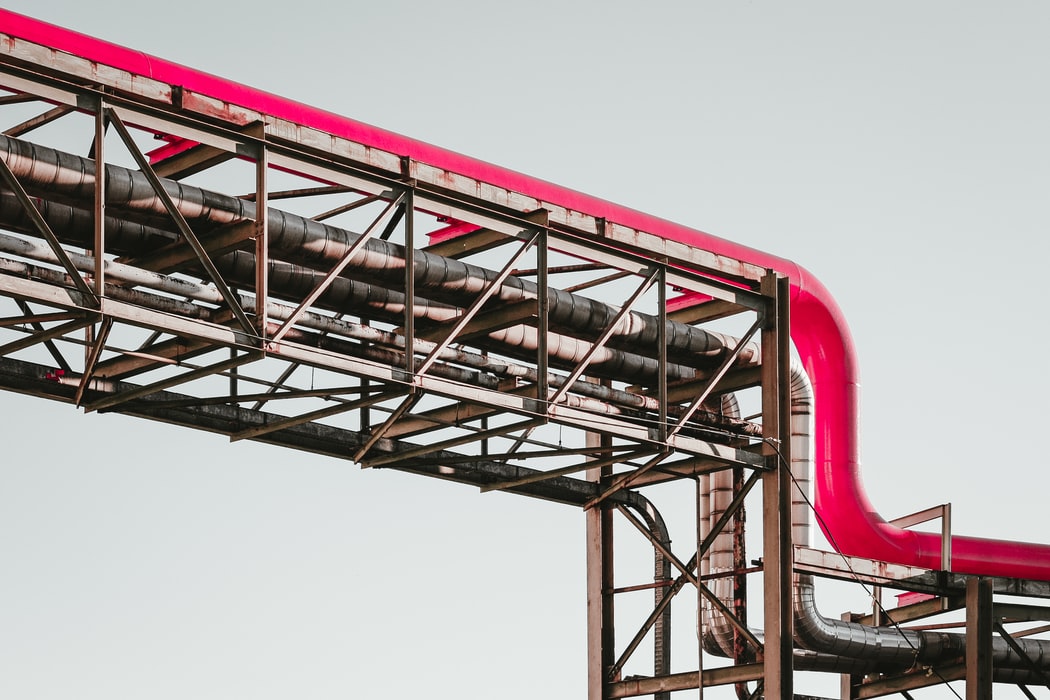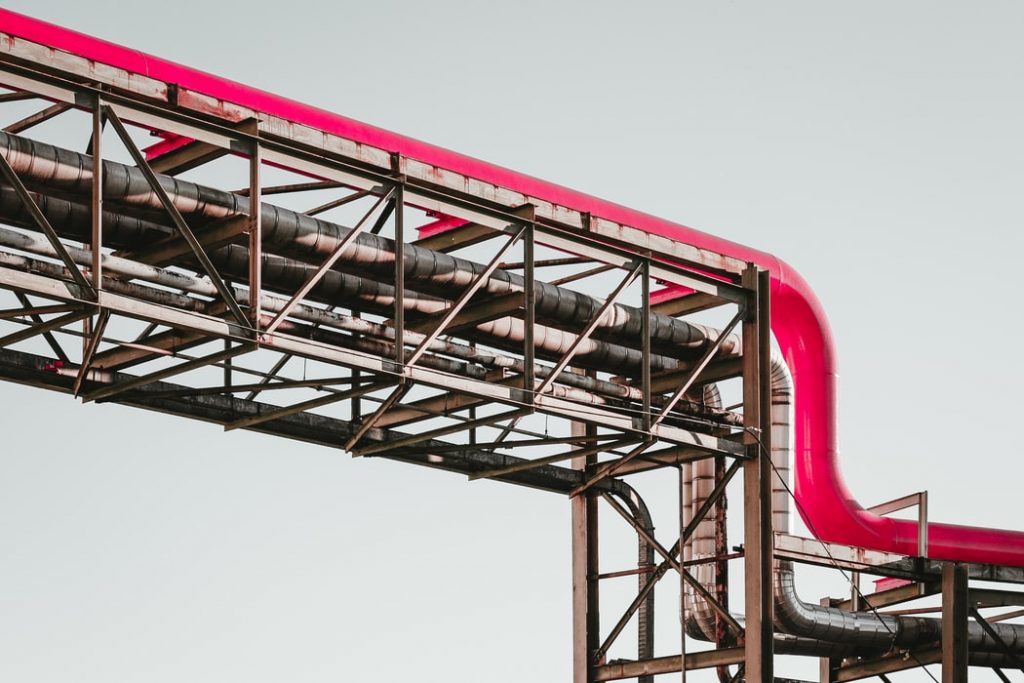Aurifer is a boutique tax law firm with offices in Dubai (UAE), Riyadh (KSA), and Brussels (Belgium), advising governments, companies, and other stakeholders on tax policy matters all across the Gulf Cooperation Council (“GCC”) countries. We also participate in public consultations launched by international organizations such as the Organisation for Economic Cooperation and Development (“OECD”).
Aurifer is pleased to provide its comments in response to the Sultanate of Oman Tax Authority’s proposal of replacing or adding to the current thin capitalization rules applied on companies according to the Income Tax Law with recommendations stated in the OECD/G20 Base Erosion and Profit Shifting Action 4 Final Report issued on 5 October 2015 (“BEPS Action 4 Final Report”) and following implementation.
We commend Oman for its continuing efforts to align domestic tax rules and procedures with best practices developed by international organizations such as the OECD. We particularly appreciate Oman’s ongoing commitment to identify and close the gaps in the existing international tax rules and counter tax treaty abuse as part of its duties as a signatory of the Multilateral Convention to Implement Tax Treaty Related Measure to Prevent Base Erosion and Profit Shifting (“Multilateral Convention” or “MLI”). This progress has also been acknowledged by Oman’s removal from the EU list of non-cooperative jurisdictions for tax purposes on 6 October 2020.
The sections below set out specific comments in relation to the policy recommendations outlined in the BEPS Action 4 Final Report, taking into account the specificities and dynamics of Oman’s economy. We hope our comments may be useful in redrafting or updating the current thin capitalization rules under Oman’s Income Tax Law and express our endorsement of any initiative that seeks to improve legal certainty for taxpayers and tax authorities alike. We are happy to discuss the contents of this letter at your convenience.
1. Background
The Sultanate of Oman has developed various initiatives to attract investment from abroad and to stimulate multiple economic sectors. According to the latest data released by the National Centre for Statistics and Information (NCSI), Foreign Direct Investment (FDI) in Oman reached a staggering OMR 19.620 billion during the last quarter of 2022. Increasing amounts of FDI highlight the growing interest of international investors in Oman’s economy, particularly in the oil, gas, and real estate sectors.
When investing in Oman, Multinational Enterprises (MNEs) may finance investments via equity or debt financing. Although economically equivalent, the decision to pursue equity or debt financing is not neutral from a tax standpoint. This is because interest on debt constitutes a deductible expense for the payer and taxable income for the payee. On the contrary, dividends or similar equity returns are generally not deductible for the payer and simultaneously the payee may benefit from participation exemption on dividends.
In the case of intra-group arrangements, these differences in treatment may create a tax-induced bias towards debt financing, particularly if the parent company is able to claim relief, in the residence country, for interest expenses towards subsidiaries in other jurisdictions. In the case of hybrid instruments, what constitutes interest in Oman, may not necessarily constitute taxable income in the country of residence.
In a cross-border context, such as in the case of FDI in Oman, debt financing may lead to BEPS practices in the form of international debt-shifting. For instance, MNEs and other foreign companies may decide to invest in Oman through heavily debt-financed entities, sheltering local profits from Oman’s Income Tax and affecting the integrity of the country’s income tax system.
Aligning with many other countries’ experiences, Oman has already introduced various provisions in its income tax legislation to counter BEPS practices involving excessive debt financing (Chapter 9 of the Executive Regulation of the Income Tax Law). Notably, interest deduction on the loans taken from related parties is limited to twice (2:1) of the debt-to-equity ratio (Articles 41 and 42 of the Executive Regulation of the Income Tax Law). The interest deduction is further restricted if the interest rates on foreign debt are not comparable to the third-party rates or terms (Article 43 of the Executive Regulation of the Income Tax Law).
The provisions currently in place under Oman’s income tax legislation are an important first step to limiting the possibility for domestic and foreign investors to resort to debt financing too heavily.
However, the current rules fail to consider the varying levels of debt that may be needed depending on the economic sector in which the financed entity operates. They also create administrative burdens on both tax authorities and the taxpayers. Moreover, the current provisions are not sufficiently robust in tackling complex structural arrangements where the actual debt raised by the financed entity is disguised.
Overall, the existing rules do not appear sufficiently elaborated to tackle all the BEPS risks relating to the exploitation of excessive debt financing. In the following sections, we discuss possible measures to improve the alignment of the current thin capitalization rules under Oman’s Income Tax to the recommendations outlined in the BEPS Action 4 Final Report.
2. General Interest Deduction Limitation Rule
A first measure to better align the existing thin capitalization rules under Oman’s Income Tax to the recommendations outlined in the BEPS Action 4 Final Report would be implementing a General Interest Deduction Limitation Rule, calculated based on a predetermined benchmark fixed ratio. The introduction of this measure is the main recommendation outlined in the BEPS Action 4 Final Report.
Under this rule, an entity’s net deductions for interest (and payments economically equivalent to interest) are capped to a percentage (i.e., a fixed ratio) of its earnings before interest, taxes, depreciation, and amortization (“EBITDA”). In this regard, the BEPS Action 4 Final Report recommends a range of 10 – 30% of the EBITDA that should be allowed as a deductible tax expenditure. Compared with a gross interest rule, a net interest rule would reduce the risk of double taxation, as an entity’s interest income would be set against its interest expense before the interest limitation is applied. Factors such as carry-forward of disallowed interest expenditure, interest rates in the country, whether the fixed ratio rule is applied in isolation or in conjunction with other regulations, etc., play an important role in determining the level of benchmark required to be fixed.
Although relatively straightforward to apply and administer, the fixed ratio rule outlined above is a blunt tool that does not consider the varying levels of debt that entities operating in different sectors may raise. This issue can be resolved by applying the fixed ratio rule in combination with a so-called “group ratio rule”, which considers the level of debt financing within a group of companies. Setting a ratio at the group level allows a group’s entity to deduct net interest expenditure up to its group’s net third-party interest to EBITDA ratio.
We submit that introducing the fixed ratio rule, combined with a group ratio rule, is crucial to ensure that an entity’s net interest deductions are directly linked to the taxable income generated by its economic activities. From a comparative perspective in GCC countries, we note that a general interest deduction limitation rule (capped at 30% of the financed entity’s EBITDA for the relevant tax period), applicable to standalone as well as group entities, has been introduced under the UAE Corporate Tax (Article 30 of Federal Decree-Law No. 47 of 2022 on the Taxation of Corporations and Businesses). Qatar instead applies an interest limitation rule similar to the current one in force in Oman, whereby interest paid to related parties on the share of debts exceeding a 3:1 ratio of the company’s equity as per the accounts is not deductible (Article 10 of Executive Regulations to Law No. 24 of 2018). No thin capitalization rules currently exist in the corporate tax legislation of Saudi Arabia and Kuwait, although both do have limitations in place for interest deductibility.
Even though a general interest deduction limitation rule, in accordance with BEPS Action 4 Final Report, may be relatively straightforward to implement, the definition of the actual meaning of the terms “Interest” and” EBITDA” requires further deliberation. The next section elaborates on the factors that may be considered while defining these terms.
3. Definition of the Terms “Interest” and “EBITDA”
The BEPS Action 4 Final Report considers the risk that standalone or group entities may easily circumvent the thin capitalization rules by disguising debt arrangements, especially if involving related entities. To this end, the BEPS Action 4 Final Report highlights the need to adopt an approach focusing on a payment’s economic substance rather than its legal form.
Based on this substance-over-form approach, the BEPS Action 4 Final Report stipulates that interest on all forms of payments that are linked to the financing of an entity, determined by applying a fixed or variable percentage to an actual or notional principal over time, must be taken into account for the purposes of the thin capitalization rules. The same considerations apply to other expenses incurred in connection with raising finance, such as arrangement and guarantee fees.
From a comparative perspective in GCC countries, we note that the UAE has followed the BEPS
Action 4 Final Report’s recommended approach in this regard. Notably, under UAE Corporate Tax (Ministerial Decision No. 126 of 2023), it is stipulated that amounts incurred in connection with raising finance shall be considered interest for the purposes of the General Interest Deduction Limitation Rule. Moreover, the concept of “interest” under UAE Corporate Tax includes other types of payments such as guarantee, arrangement, and commitment fees. It is also important to note that UAE Corporate Tax provisions ensure that interest-equivalent component on Islamic Financial Instruments are treated as interest for the purposes of the General Interest Deduction Limitation Rule. Finally, specific rules are set for capitalized interest, foreign exchange movements, and finance and non-finance leases.
In addition to the definition of “interest”, guidance would also be required to understand how EBITDA needs to be calculated, i.e., based on earnings in financial statements or the determination prescribed for income tax purposes. We believe the net interest deduction limitation computation should be based on earnings in the financial statements since the group ratio rule can only be applied based on the group’s consolidated financial statements. At the same time, however, it is appropriate that accounting EBITDA is adjusted for any tax-exempt income (e.g., dividends).
From a comparative perspective in GCC countries, we note that certain types of interest expenditure are included or excluded from the EBITDA calculation for the purposes of the General Interest Deduction Limitation Rule under UAE Corporate Tax. Among the included expenses are depreciation, amortization, and capitalized interest expenditures. On the other hand, interest expenditures relating to “Qualifying Infrastructure Projects” are excluded for EBITDA calculation purposes. Such an exclusion aligns with BEPS Action 4 Final Report’s recommendations, which provide carve-outs for interest paid on loans used to fund public-benefit projects, where the BEPS risk is reduced given the strong connection with the relevant country.
4. Carried Forward of Disallowed Interest Expenditure
The current thin capitalization rules under Oman’s Income Tax do not allow carry-forward or carry-back of disallowed interest. A permanent disallowance of net interest expense is considered economically inappropriate as it does not consider earnings volatility and possible mismatches in the timing of interest expense and EBITDA, nor major capital expenses for projects spanning multiple years which do not immediately generate revenues. The lack of carry-forward of disallowed interest under thin capitalization rules may also lead to double taxation to the extent that interest income is taxed in the hands of the payee.
To address these issues, we consider it appropriate to set up provisions under Oman’s Income tax allowing the carry-forward of disallowed interest expenditure to future years. The BEPS Action 4 Final Report advises countries to set up carry-forward mechanisms of disallowed interest expenses to reduce the impact of earnings volatility on the ability of an entity to deduct interest expense. The BEPS Action 4 Final Report also adds that this measure can help entities that incur interest expenses on long-term investments expected to generate taxable income only in later years. It also allows entities with losses to claim interest deductions when they return to profit. To reduce possible BEPS risks, strict requirements in terms of time and/or value of interest to be carried forward can be imposed.
From a comparative perspective in GCC countries, we note that the carrying-forward of disallowed interest expenses is permitted under UAE Corporate Tax for a period of 10 years (Article 30 of Federal Decree-Law No. 47 of 2022 on the Taxation of Corporations and Businesses). To reduce BEPS risks, limitations exist for exploiting and carrying forward disallowed or unutilized interest expenses by standalone entities before or after joining a tax group (Ministerial Decision No. 126 of 2023). What the exact duration should be for the carry forward of losses, depends on policy preferences in the country.
5. De Minimis Rule
Unquestionably, introducing a General Interest Deduction Limitation under Oman’s Income Tax would be a major step in tackling BEPS risks involving excessive debt financing. At the same time, however, it is important to exclude from the scope of the application of this rule situations that do not pose significant BEPS risks. In this regard, the BEPS Action 4 Final Report suggests setting a de minimis threshold based on the monetary value of net interest expense. Entities or groups falling below this threshold may deduct interest expense without restrictions. Where a rule is applied at the level of an individual entity, anti-fragmentation rules might eventually be introduced to avoid abuse of the de minimis rule by a business setting up multiple entities.
Introducing a de minimis threshold to apply the fixed and group ratio rules would enable Oman to focus on entities that pose material BEPS risks relating to excessive debt financing. Being based on a monetary value, a de minimis threshold would be relatively easy to implement, while avoiding major administrative costs for taxpayers and tax authorities alike. It may also be a measure favourable to SMEs. The setting of the monetary threshold should reflect several factors, including the local economic and interest rate environment, as well as relevant tax or legal considerations.
This threshold may be reviewed and updated periodically to reflect changes in these factors.
From a comparative perspective in GCC countries, we note that the General Interest Deduction Limitation Rule under UAE Corporate Tax provides for a de minimis threshold, which applies
where the net Interest expenditure for the relevant tax period does not exceed AED 12 million (Ministerial Decision No. 126 of 2023).
6. Conclusions
We believe that the introduction of a General Interest Limitation Rule, incorporating a fixed ratio rule and group ratio rule, under Oman’s Income Tax would provide an effective framework to tackle most BEPS risks involving excessive debt financing. These rules should be accompanied by a series of other measures, notably defining the concepts of “interest” and “EBITDA”, allowing the carry-forward of disallowed interest expenditure, and setting a de minimis threshold and carve-outs for specific economic sectors. Eventually, besides a General Interest Limitation Rule, Oman might consider implementing targeted anti-avoidance rules that disallow interest expense on specific transactions showing particular BEPS risks.




















